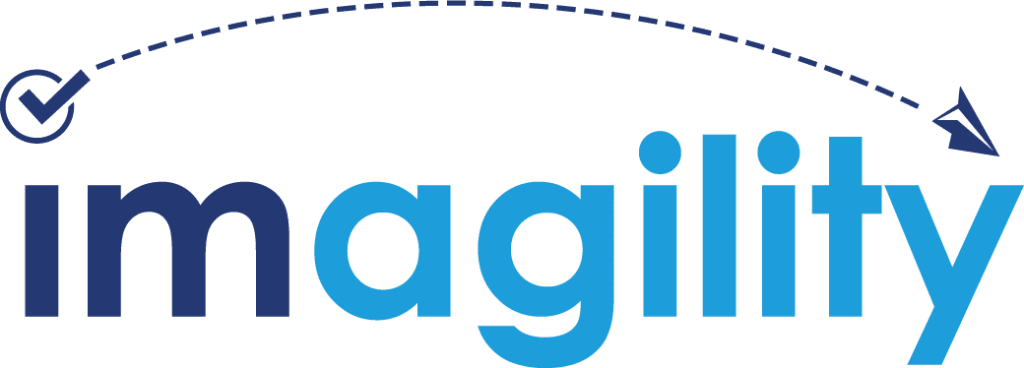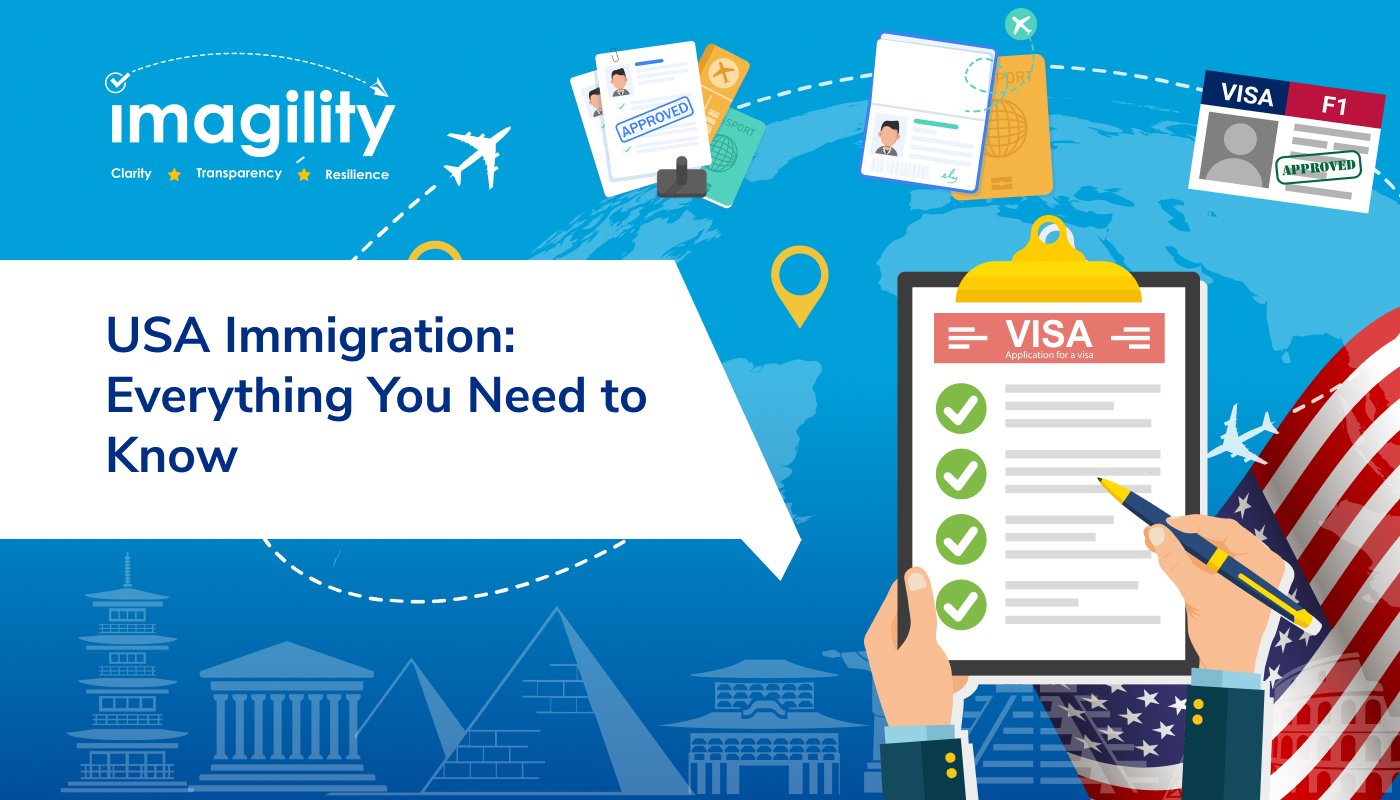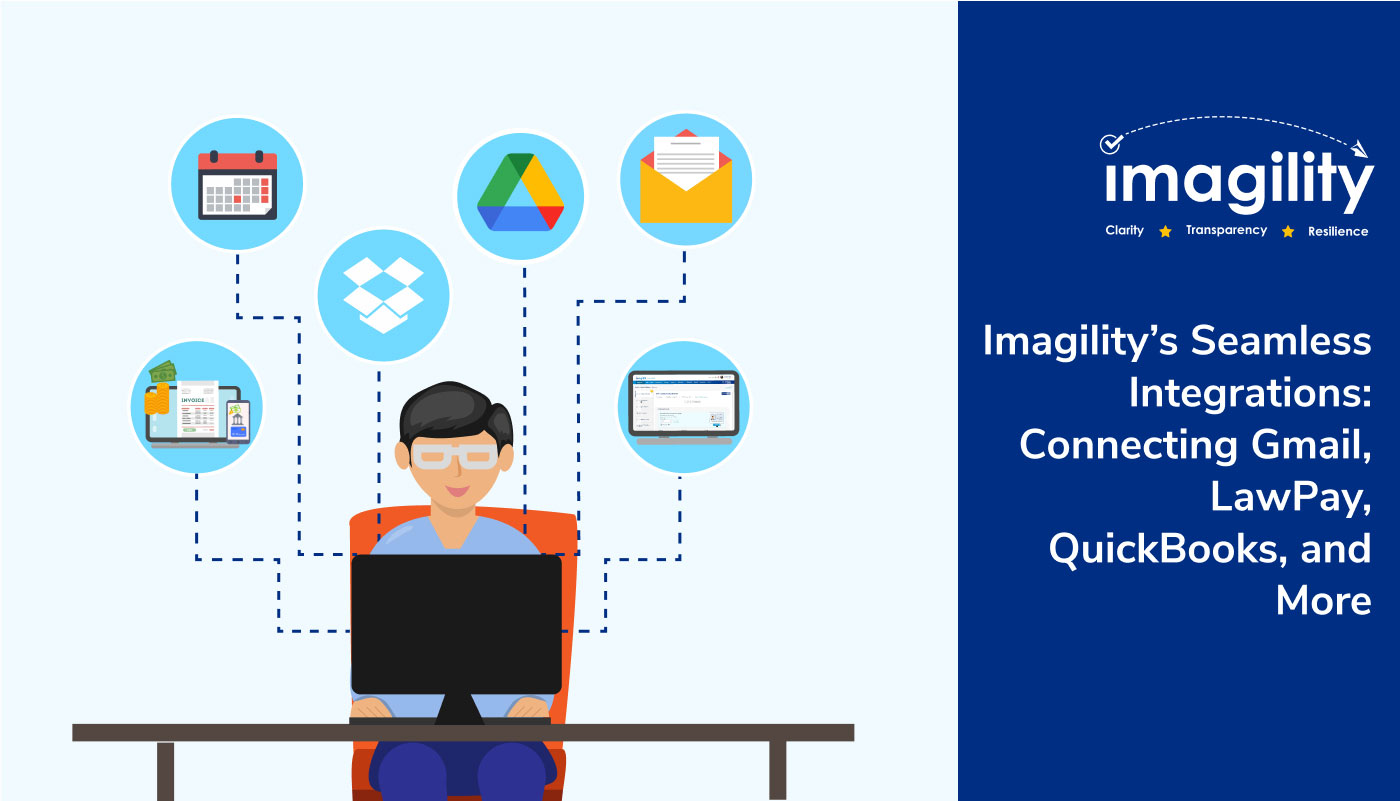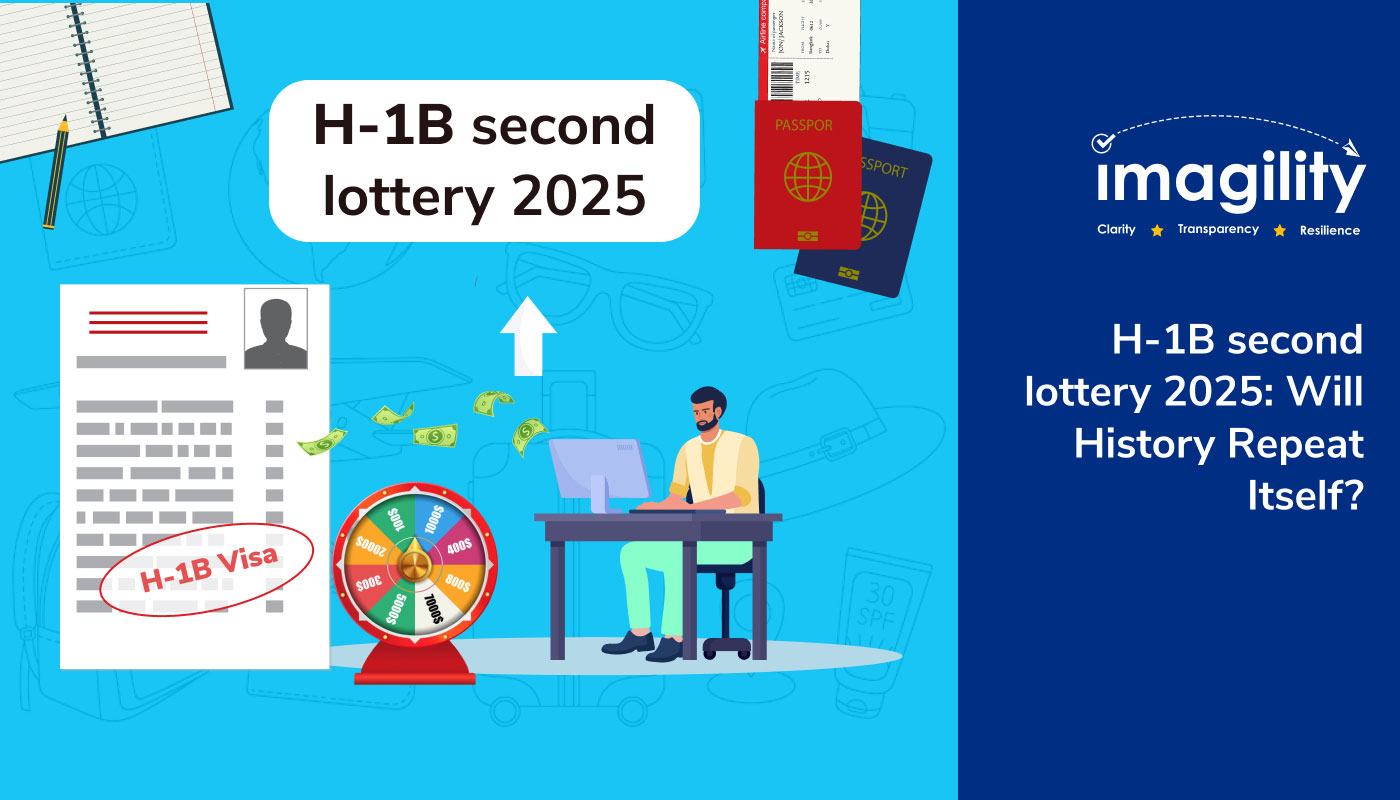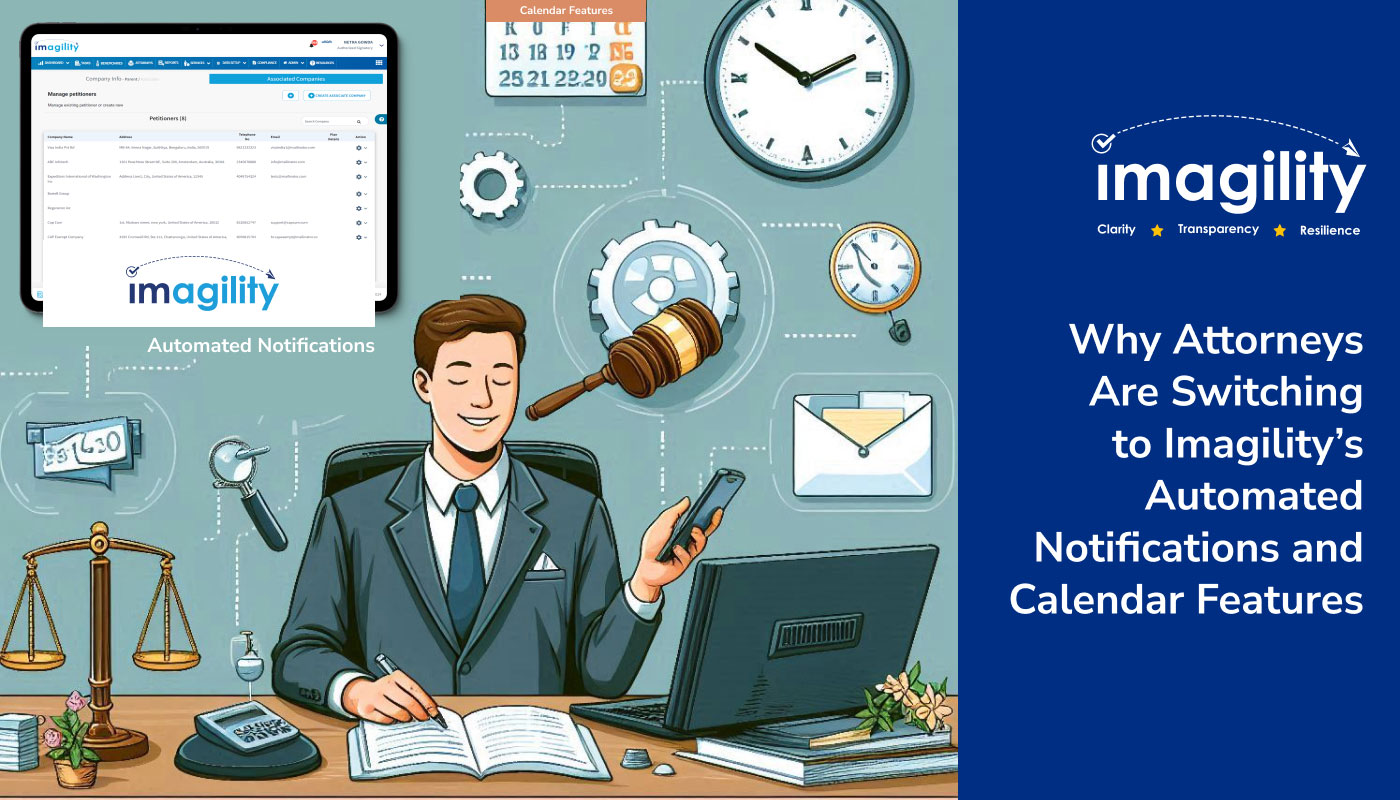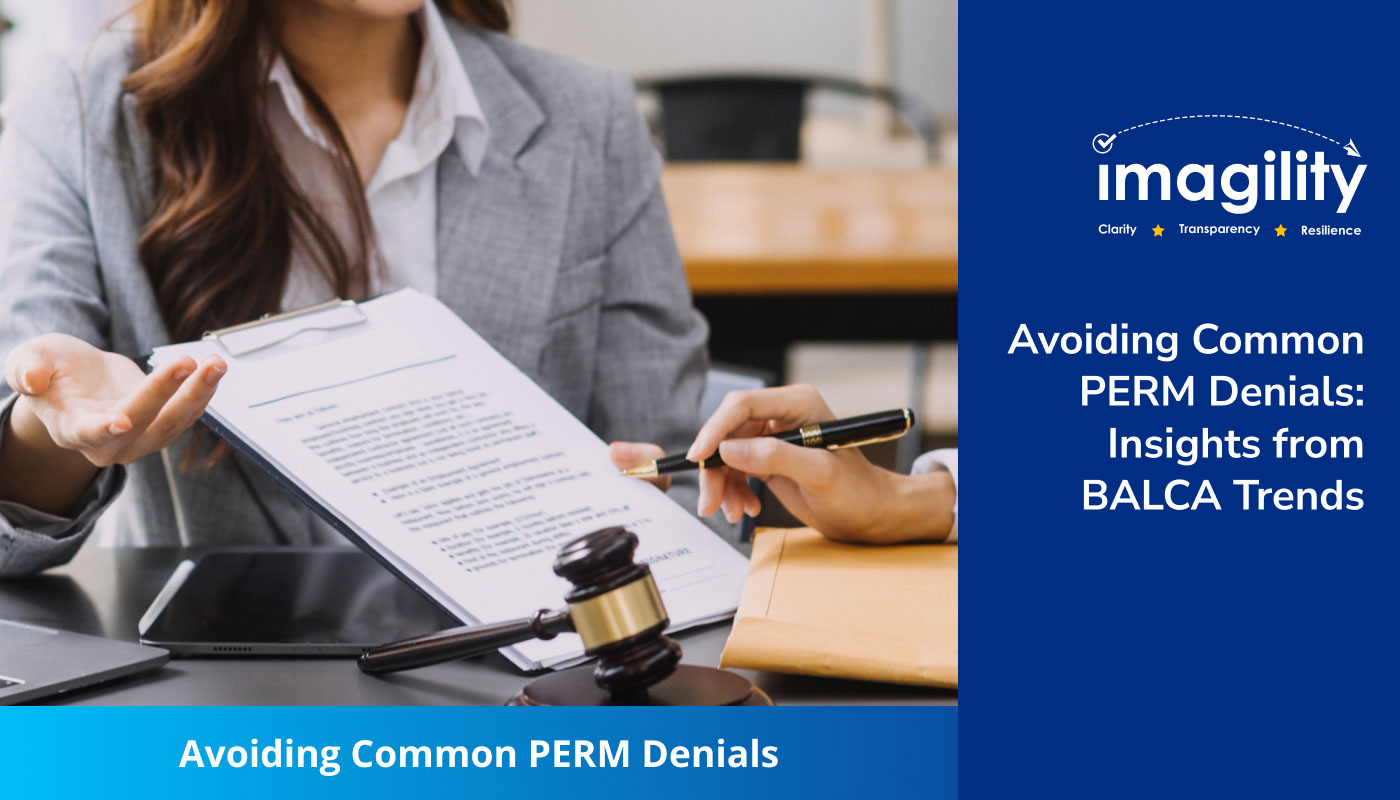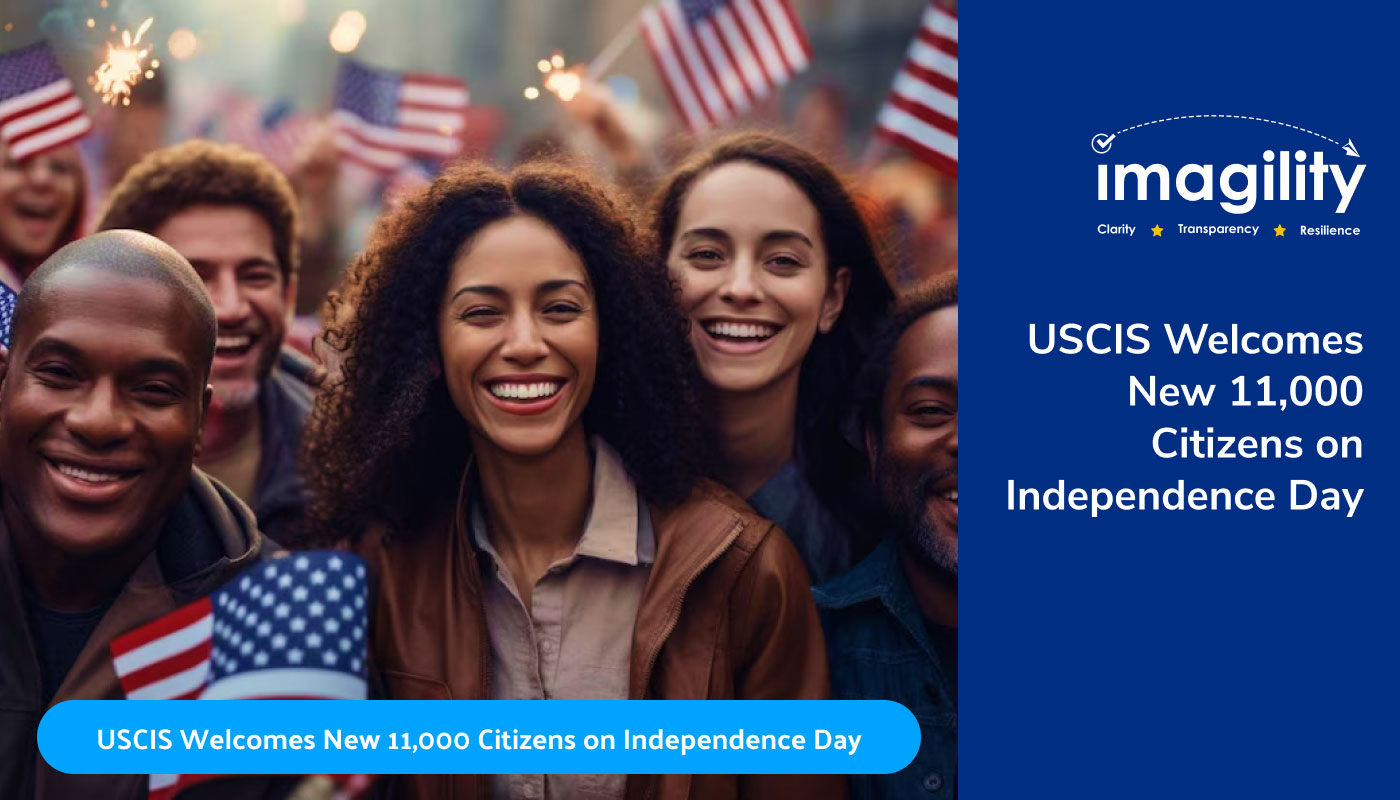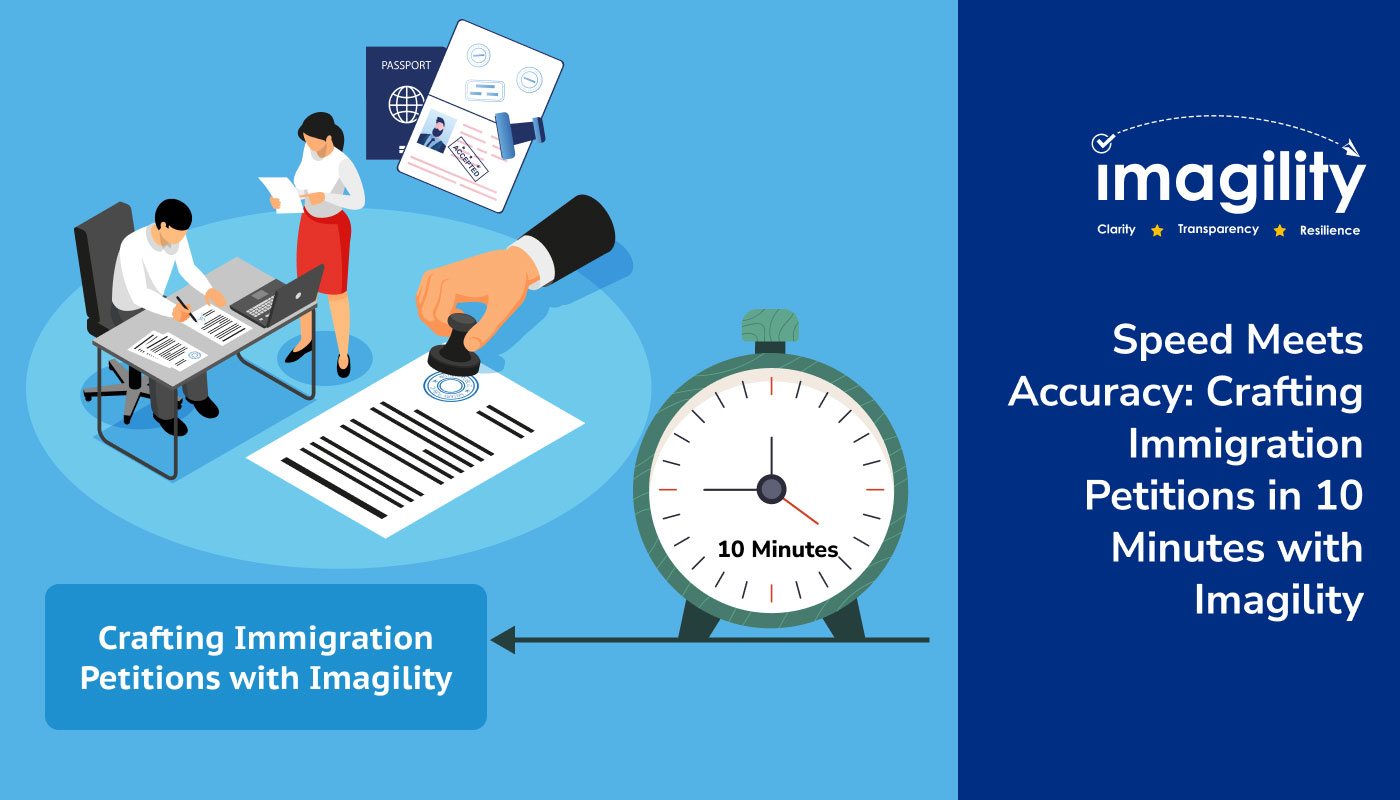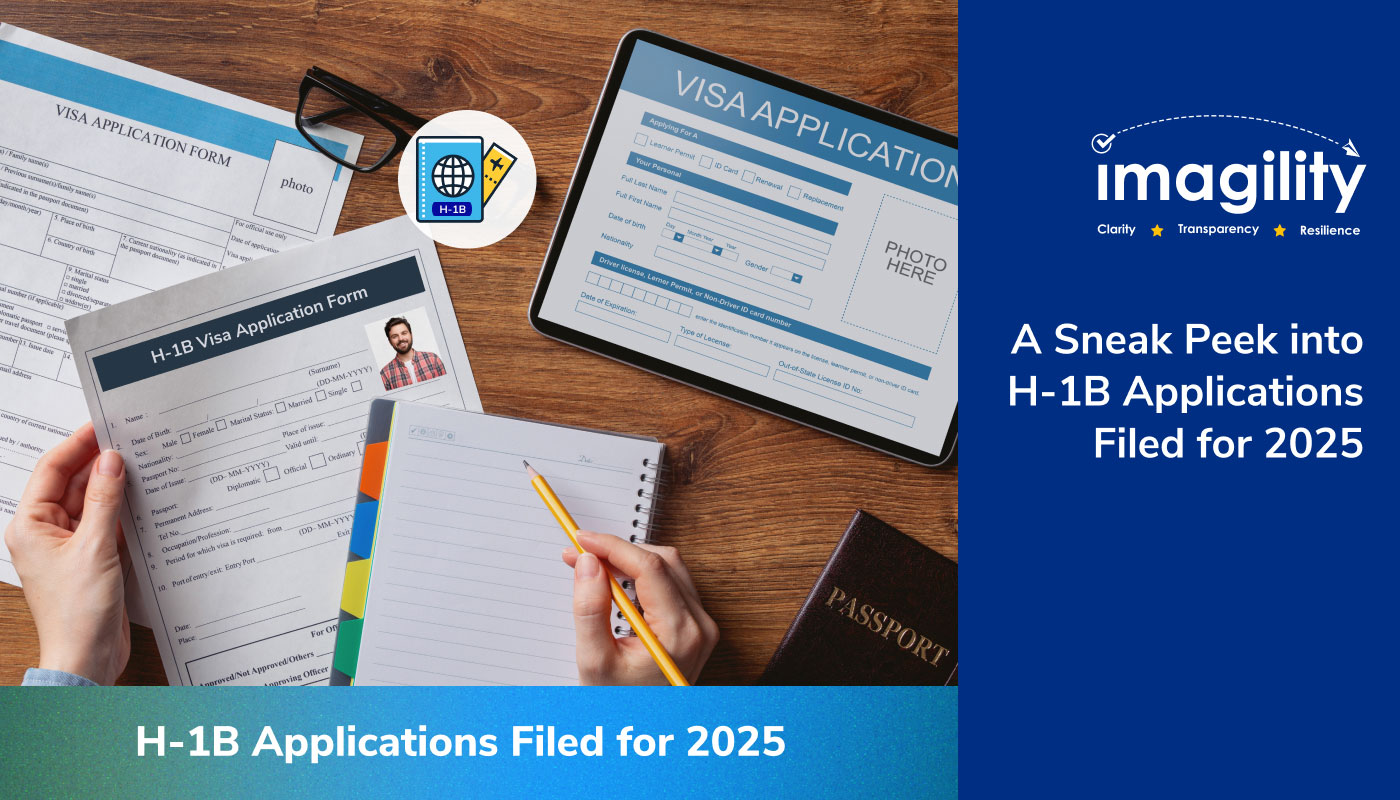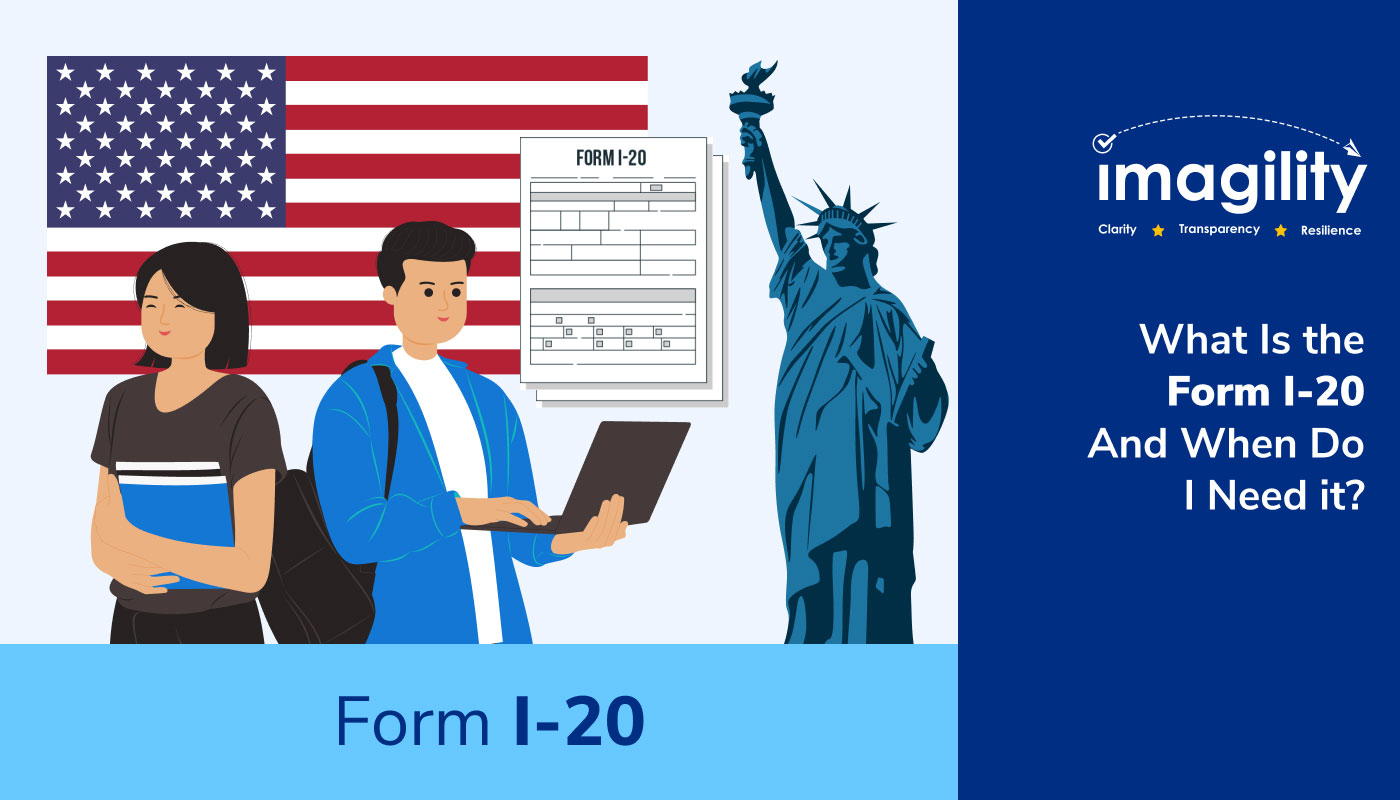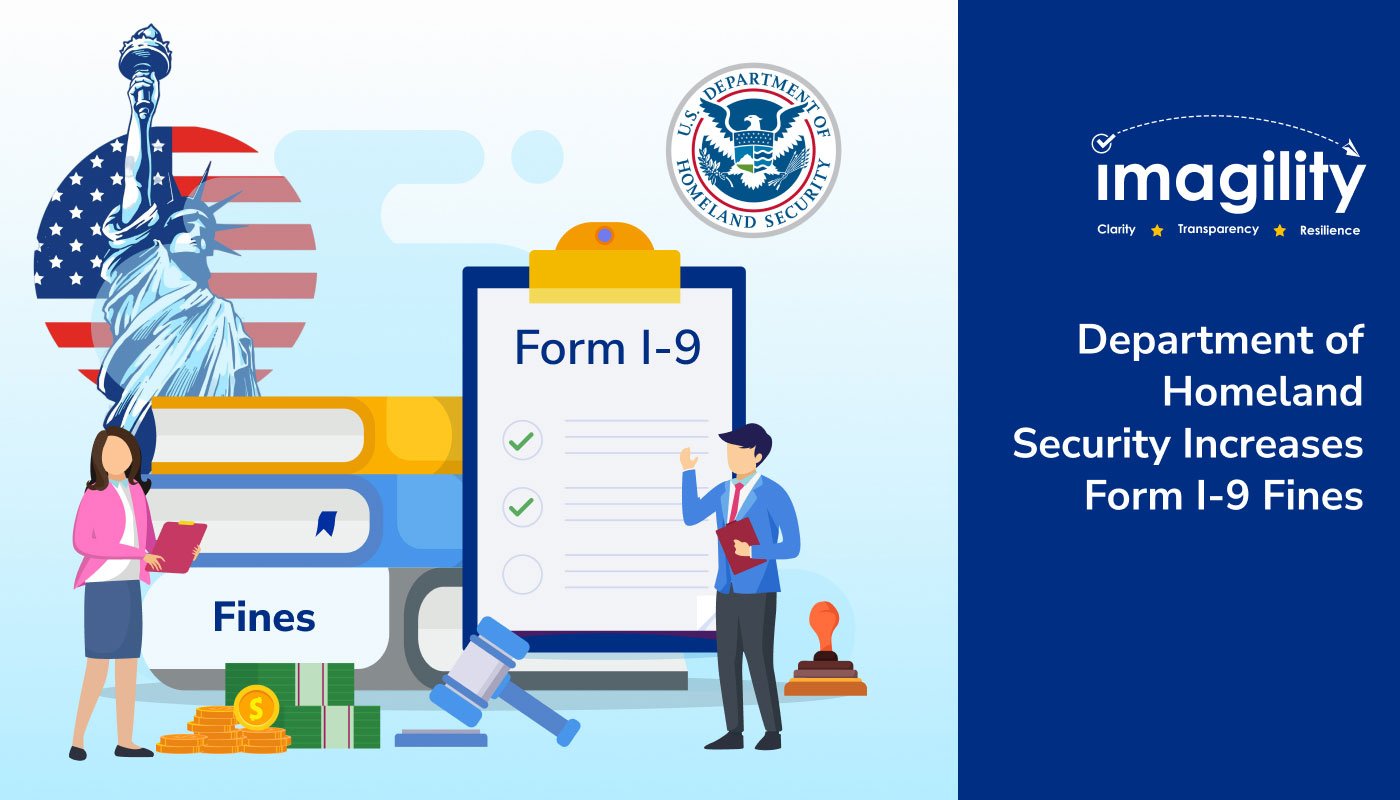Immigration has been a staple topic of discussion in the United States of America (USA). A recent report reflects that the developed region houses about a fifth of the total foreign migrants. In fact, more than 50.6 million immigrants chose the US as their destination country in 2020. The following four countries on the list – Germany, Saudi Arabia, Russia, and the UK – collectively received fewer inflows (50.2 million).
People today apply for US immigration for multiple reasons, including socioeconomic stability, better employment opportunities, and superior living standards. Moreover, several sections of the globe perceive the US as the next leg of growth for anybody. As far as applicants are eligible and possess resources sufficient to finance the USA immigration process, anyone can achieve legitimate citizenship.
The COVID-19 crisis stalled the decade-long constant growth in US immigration (permanent and temporary). However, the situation has rebounded with the global economic recovery. The major credit for this revival goes to the permanent-type migration in the US, which stands at over 43%.
Besides, technology plus digitization have made migration and travel in the US simpler and more accessible. Thanks to the leading-edge homegrown solutions at their disposal, migrants can easily visit or transfer money to their loved ones.
Before getting into the depths of USA immigration, let’s get a gist of the parent concept, i.e., immigration.
Immigration in Brief
Immigration involves the movement of people (foreigners) to a new region or nation intending to live there – temporarily or permanently. The common reasons influencing people to immigrate include:
- Educational purposes
- Career growth opportunities
- Reuniting with family
- Unrest in the native country
According to the World Migration Report 2022, 280.6 million migrants reside in countries other than their native lands. The figure accounts for 3.6% of the global population and has tripled since 1970.
Various Categories of USA Immigration Statuses
USA immigration incorporates five main categories of immigration status people can hold – citizen, resident, temporary, and undocumented.
US Citizen
The first type of USA immigration status in the list is citizen, which requires either of the parents to hold American citizenship – by birth or naturalization. Individuals achieve naturalization when they are permanent, law-abiding US residents for more than 5 years.
So, you can still apply for USA immigration and become a native even if you have been residing and working beyond the US borders. That said, you will have to clear the application and verification phases to substantiate your parents’ American nationality.
For that, you can hand over their birth records, ID proofs, or state-commissioned driver’s license to the concerned authorities. Additionally, you need to prove your blood relationship with your parents, which you can do by submitting the Consular Reports of Birth Abroad (CRBA) document.
After the USA immigration officials cross-check and approve the documents, you will receive the visa to live and work as a Native American. Eventually, they will provide you with your Social Security number (SSN) card. In a nutshell, you will enjoy every right shoulder-to-shoulder with an average American.
Lawful Permanent Resident
Lawful Permanent Residents (LPR) are those who obtain green cards when they enter the US. The USA immigration status enables you to achieve American citizenship after 3-4 years of residency on the trot.
While you have the right to live and work in the US indefinitely, you cannot participate in voting and specific social services. There are some exceptions, though. Case in point, green card, and employment visa holders can vote in mayoral and other elections in New York City (NYC). Unfortunately, the former does not have the right to choose their next president. Only US citizens can vote in federal elections.
Applicants of USA immigration can be issued the following green cards:
- Green cards through employment
- Green cards through family
- Diversity lottery green cards
- Humanitarian green cards
- Green cards for longtime residents
US citizens can leverage family-based green cards to sponsor USA immigration of their families. Likewise, foreign workforces endorsed by American organizations to earn a living in the US are eligible for employment-based green cards.
Furthermore, lottery green cards are applicable to people from countries with low USA immigration rates. To boost the country’s diversity, the US Citizenship and Immigration Services (USCIS) allows at most 55,000 diversity immigrant visas annually through random selection.
Green cards hold validity for ten years. You must apply for renewal within 6 months before the green card expires through Form I-90. After that, the USCIS will dispatch you Form I-797 (Notice of Action) to confirm your application’s approval.
You will get your green card in 4-12 months. Until then, you must carry Form I-797 with you as proof of your LPR status in the US.
Conditional Permanent Resident
The USCIS issues conditional green cards if you migrate to the US before celebrating your second marriage anniversary with your spouse (LPR/US citizen). This USA immigration status remains effective for 2 years. Within that period, you, alongside your better half, must file for the removal of your green card conditions.
Otherwise, the US government can deport you or, worse, ban you from visiting the States for several years. In addition, committing any immigration breaches will automatically impact your future USA immigration applications.
Undocumented Immigrant
People residing in the US escaping the laws fall under undocumented immigration. They cannot legally work and live in the country, access health care, or obtain a driver’s license, among other benefits. If they come under the radar of the US government, they will face immediate deportation and/or jailed for further interrogation.
Even if you entered the US with a valid visa, you could be tainted as an illegal immigrant if you overstay your visa. As such, you should leave the country, days before your visa expires, if an extension is not possible.
Temporary Visitor (Non-immigrants)
Immigrants (legally) visiting the US for a limited timeframe can apply for temporary visitor visas. Such people return to their homelands as soon as their visa expires. This USA immigration status covers students, business visitors, tourists, and fiancées.
For example, businesspersons entering the States must return after staying for a few years. Similarly, tourist visas are effective from a month to 10 years from the date of issue.
You need to file the DS-160 form – the Online Nonimmigrant Visa Application – where you confirm that your trip is temporary.
Types of USA Immigration Visas
For any foreign national, visas are a key ticket to enter the US legally. The purpose of your visit will help determine the type of USA immigration visa you must apply for. Besides, understanding these visa types will help you point out the most applicable one.
The US government offers 185 kinds of visas, of which the commonly issued ones are the following:
Business or Tourist Visa
Business or tourist visas allow you to enter the US territories for a temporary period without having to join the labor force. In general, you must demonstrate that you are not making any money from the host nation. Moreover, you can get a combined visa issued for both objectives.
There are 2 types of US immigration visas for tourism and/or business:
B-1 visa: Applicable for business associates visiting the States to negotiate agreements, settle an estate, or attend corporate, scientific, and educational conventions.
B-2 visa: Applicable for tourists visiting the country for medical treatment or pleasure, including vacations, honeymoons, social events, and meeting loved ones.
The US B1/B2 visas are valid for 10 years after the date of receipt. In addition, you can reside in the US for up to 6 months per visit. The USCIS believes six months is enough to accomplish your business objectives. Remember, you cannot accept employment under the B2 (visitor) visa.
Temporary Employment Visa
Individuals looking to work in the US on a short-term basis should apply for an employment visa (s) based on their desired occupation. To fulfill the H, L, O, P, and Q requirements, you must file a petition – Form I-129. Make sure to have USCIS’s approval for this petition before applying for a work visa at the US Embassy.
Later, you will receive Form I-797, indicating that your petition has got the green signal. Finally, you must carry Form I-129, along with a copy of Form I-797, while answering the consulate’s questions.
USA immigration applicants can submit their requests for the following work visas:
- H1-B visa for specialty occupation: Applicable for foreign-born people looking to serve in a pre-decided profession in the States. As a bare minimum, you must exhibit a Bachelor’s degree in the particular specialty to cement your eligibility for an H1-B visa. The USCIS will then decide whether you are qualified to offer the requested services in the country. Additionally, the potential recruiter must submit Form ETA-9035, Labor Condition Application (LCA), to the Department of Labor concerning the terms and conditions of the employment agreement.
- H1-B1 visa: This USA immigration visa enables Chilean and Singaporean citizens to work in the US in specialty jobs temporarily. Applicants must have a job offer in the country before applying for the visa.
- H-2A for seasonal agricultural workers: Allows US employers to hire non-natives for temporary agrarian jobs. The employer needs to submit Form I-129 on the visa applicant’s behalf. Unfortunately, Bhutanese and Indian passport holders cannot apply for an H-2A visa.
- H2-B visa for skilled and unskilled workforces: Enables you to apply for seasonal/temporary occupation for which US employers are facing a native labor shortage. Again, this USA immigration visa is available for people across continents except for India and Bhutan.
- H-3 visa for trainees: Applicable if you are looking to receive coaching from a US employer in any domain for at most 2 years. The training can be on a paid basis; however, not sufficient to offer productive employment.
- L-1 for intra-company transferees: Applicable if you work in an international firm temporarily transferring you to its US-based headquarters, affiliates, or subsidiaries. You must be a manager, executive, or equivalent and have specialized expertise in these positions while serving in the US branch. Further, you must have worked in an international organization beyond the US for a year within 3 years before applying for this USA immigration
- Type O visa: Issued to professionals in education, science, arts, athletics, and business (O-1A) or individuals with exceptional achievement in motion picture and television production (O-1B). Personnel accompanying the O-1 visa holder need to lodge an application for an O-2 visa, while the dependents must apply for an O-3 visa. The O-1 visa prevails for up to 3 years, extendable indefinitely in 1-year increments. Plus, holders of the USA immigration visa can enter the US ten days before the validity period begins and ten days after the visa expires.
- Type P visa: Granted to athletes, entertainment artists, and their support staff looking to organize concerts and performances in the US.
- Type Q visa: Necessary if you want to participate in US-based international cultural exchange programs, deliver practical training, and exchange native history, culture, and traditions with others.
Dependent Visa
Dependent visas allow you to bring your spouse, relatives, and unmarried children (aged below 21 years) – the dependents – to the States. This USA immigration visa contains the following sub-categories:
- L-2 visa: Dependents of authentic L-1 visa holders can obtain an L-2 visa to enter the US. They must submit Form I-765 with the application charge if they want to work in the country. That said, the same does not apply to children. The L-2 visa’s validity is linearly associated with the L-1 visa. Dependents of L-1A visa holders can stay for up to 7 years in the US, while the duration is 5 years for those of L-1B visa holders.
- H-4 visa: Allows the dependents of H-1B visa holders to work and/or attend school in the US. The applicants must submit Form DS-130, a copy of the sponsor’s Form I-129, and a petition for Form I-797. Furthermore, an H-4 visa is valid as long as the primary H-1B holder’s visa is valid.
- F-2 visa: Applicable for dependents of F-1 visa (discussed later) holders. They can receive their visas and admission to the US after handing over Form I-20 and DS-160 to the US Embassy. This US immigration visa stays valid as long as the F-1 maintains its status.
- J-2 visa: Issued to the dependents of J exchange visitors (discussed later). For this USA immigration visa, applicants must submit a copy of the sponsor’s DS-7002 and DS-2019 forms. Couple that with Form I-756 if the dependents want to work in the US. J-2 visa holders can stay as long as their J exchange visitors.
Humanitarian Visa
The USCIS allows specific non-US natives not having a visa to receive an alternative known as the humanitarian visa. Also known as humanitarian parole, you can apply for this USA immigration visa if you or your loved ones are encountering any compelling emergency.
While anyone can lodge applications for the humanitarian visa, this USA immigration visa is available in a narrow set of circumstances, such as:
- Visiting unwell family members
- Seeking medical assistance
- Attending funerals of loved ones
- Testifying in a US court lawsuit
For a humanitarian visa, you must submit the following documents:
- Copies of previous USA immigration records, including prior petitions
- Form I-131 (Application for travel document)
- Form I-134 (Affidavit of support document)
You cannot appeal if the USCIS rejects your request for humanitarian parole. However, you can reapply if circumstances have changed. For instance, a relative’s medical condition worsens. The USCIS usually takes 60-120 days to decide about a visa application.
Remember, undocumented immigrants cannot apply for a humanitarian visa.
Student Visa
Non-US natives entering American borders to pursue higher studies must file for a relevant student visa. Before applying for the USA immigration visa, candidates must secure admission to an educational institution. The institution will provide them with appropriate approval documentation, Form I-20, to be submitted when applying for student visas.
You can obtain student visas before 4 months of Form I-20’s start date, and a month from that date to visit the US. The following are the student visas you can apply for:
- F-1 visa: For students looking to pursue academic studies in US-accredited educational settings or English language programs. Moreover, this USA immigration visa is essential if your course curriculum exceeds 18 hours a week.
- M-1 visa: For students planning to pursue non-academic or vocational training at a US-based institution. A, E, H-4, F-2, and G visa holders, among others, can admit them in public elementary and secondary schools.
You may lose your F-1 or M-1 status if you leave the US for a break in education for at least 5 months unless the activity contributes to your curriculum.
Exchange Visitor Visa
Foreign citizens can stay in the US to participate in multiple exchange programs. The USA immigration personnel will issue you a J visa created to foster knowledge and skills exchange in numerous fields. Participants include students at academic levels, teachers/professors, professional trainees, and research scholars.
Transit/Ship Crew Visa
The American Consulate offers this USA immigration visa for transit or ship crew in two sections:
Transit C visa: For non-US citizens traveling to another overseas destination through US-controlled routes. They must hold B-2 visas if they are visiting for purposes other than passing through the US.
Crew D visa: For crew members serving onboard an aircraft or sea vessel transiting through the US. Usually, they can combine both crew and transit visas (C-1/D).
Domestic Employee Visa
Domestic or personal servants accompanying their employers to the States can apply for a B-1 visa. The domestic employees incorporate valets, housemaids, butlers, nannies, and paid companions.
Media and Journalist Visa
Foreign media representatives (press members, editors, and film crews) paying a temporary visit to the US, are eligible for the media (I) visa. They can apply for this USA immigration visa for the following purposes:
- Guest lecture
- Artistic media content production
- Attending a meeting or conference
- Participating in academic activities
- Buying media equipment
Spouses and kids below 21 years can accompany the principal visa holder under the B-2 visa scheme.
Religious Worker Visa
The R-1 visa is issued to foreign nationals looking to conduct religious activities on a temporary basis. These people are authorized by a recognized body/entity to carry out religious events.
The Evolving USA Immigration Landscape
Under the present administration, the US Department of State (DoS) has made various changes to the US immigration visa application framework. The reason is handling a larger chunk of visa requests and reducing the backlog due to the previous government’s executive orders and COVID-19. The modified policies extend exceptions for face-to-face visa interview requirements to specific temporary visa applicants, namely H-1B, H-3, O, P, F, J, and M visas.
Now consular officers at US Consulates and Embassies have the freedom to waive physical interview requirements for visa applicants in the mentioned categories. Those applicants must:
- Be applying for the visa in their native country or current residence.
- Hold visas issued earlier in any category or have traveled under the Visa Waiver Program’s (VWP) Electronic System for Travel Authorization (ESTA) permission.
- Have no apparent ineligibility for the desired USA immigration
- Have not faced application rejection unless it was waived or overcome.
Importantly, the Foreign Affairs Manual (FAM) continues to assert that visa applicants should be physically present under the consulate’s supervision. Hence, mailing applicants’ passport to the consulate from the US is unfeasible.
The updated USA immigration visa policies hold substance until 2022 ends; however, the DoS can extend the timeframe.
Impact of these Changes
In-person meetings for USA immigration visas have been entirely inaccessible or partially accessible on an emergency basis in several nations since the advent of COVID-19. As such, visa applicants have had to count several weeks, or even months, until their chance for a face-to-face appointment arrives. Unfortunately, appointments got often postponed at the eleventh hour by consulates.
The USA immigration policy to grant visas without physical meetings will allow consulates to handle significantly more applicants than previous numbers. Moreover, these changes will lead to more reliable working consular departments and enable faster visa delivery to applicants.
With that considered, visa applicants must still submit their requests online, bear the appropriate charges, provide relevant paperwork, and sometimes get fingerprinted. Consulates, on their end, will need to form procedures for submitting the necessary records and visa processing by USA immigration officials. Nevertheless, waiving in-person visa interviews – the most time-consuming part – should accelerate visa distribution.
Importance of Immigration Software
The immigration procedure is gaining more complexity as the number of visa applications multiply each passing day. Tons of ever-changing regulations, heaps of documents, effort-intensive form filling, and stringent deadlines: immigration agencies face several compliance demands, resonating to staff overtime and more attention to detail.
So, why is immigration software crucial in today’s world order? The complicated visa application processes simply demand it. Therefore, enterprises, immigration law firms, or individuals should pick the best immigration software vendor to experience better operational efficacy while staying compliant and secure.
